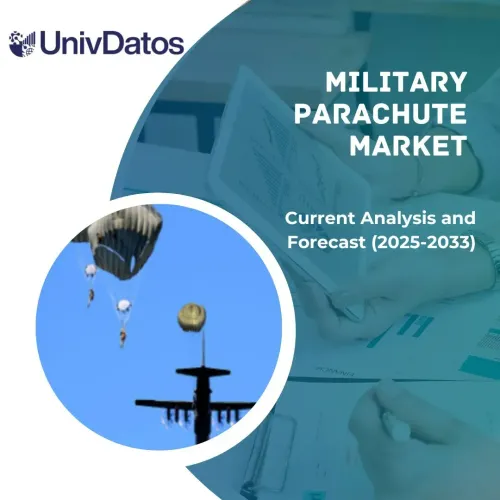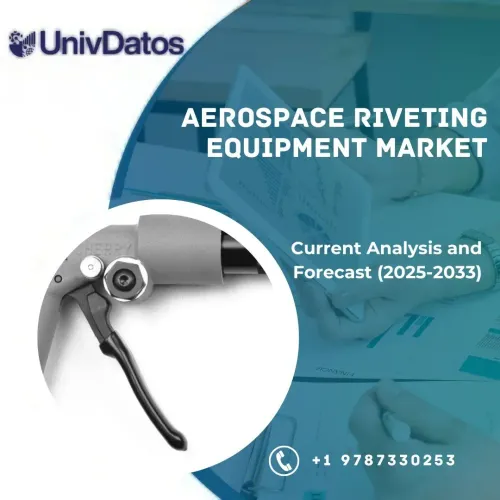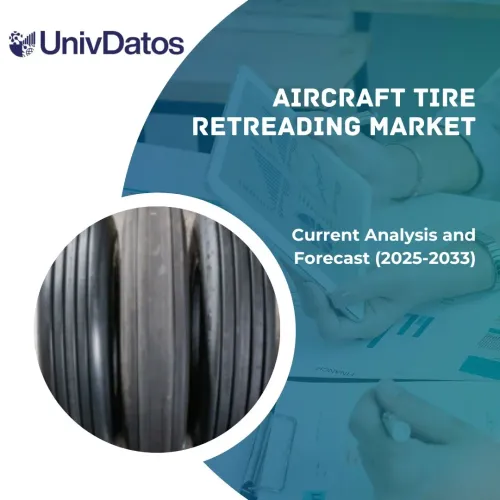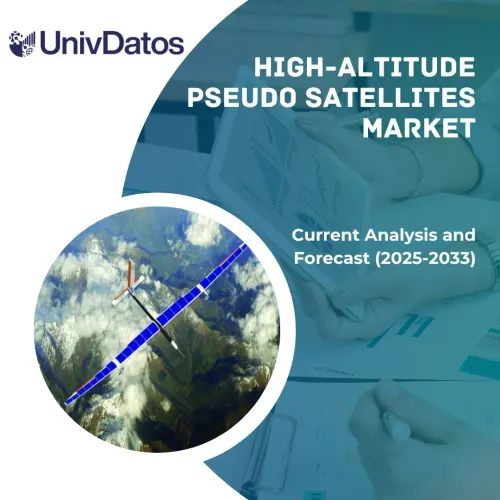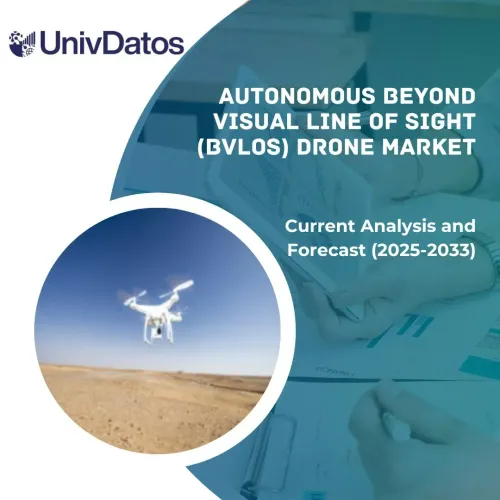- Home
- About Us
- Industry
- Services
- Reading
- Contact Us
Robotic Process Automation in Aerospace Market: Current Analysis and Forecast (2023-2030)
Emphasis on Process (Automated Solution, Decision Support & Management Solution and Others); Component (Software and Service); Deployment (Cloud and Premises); and Region/Country
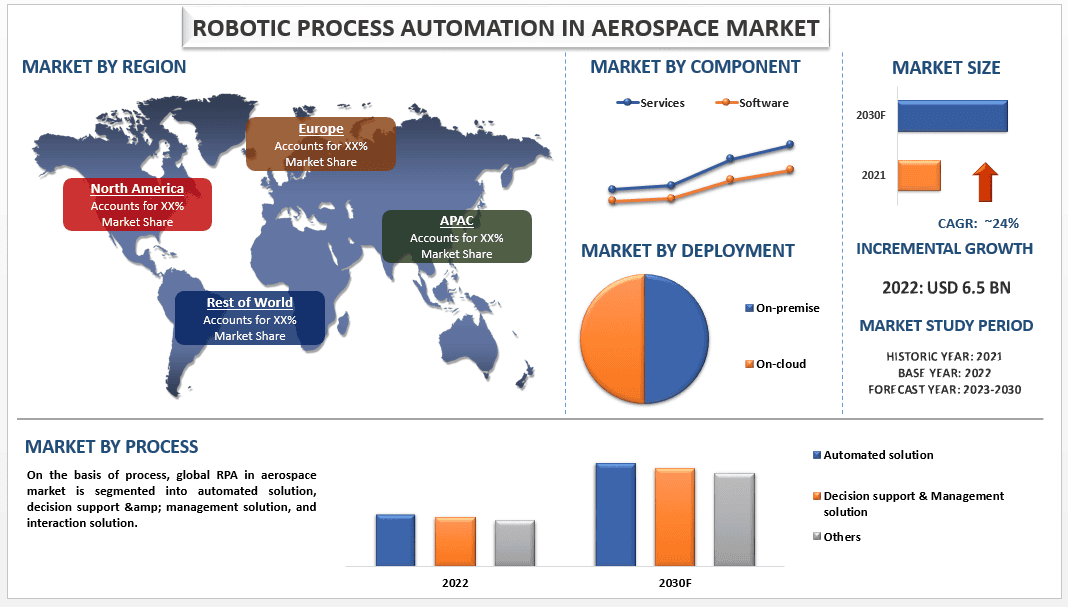
Global Robotic process automation in Aerospace market was valued at 6.5 billion is expected to grow at a skyrocket CAGR of ~24% during the forecast period (2023-2030). Robotic Process Automation (RPA) is a technology that manages routine, rule-based tasks using smart bots. Robotic Process Automation (RPA) in the Aerospace industry is an obvious path toward greater business opportunities and optimization for the industry. RPA in aerospace brings speed, compliance lowered costs, and also quality. RPA helps aviation organizations execute countless daily tasks and checklists, requiring consistency and the highest accuracy. Automation in aerospace manufacturing has led to an increase in efficiency, reduced errors and risk, better profitability, and ensured proper compliance. Factors such as increasing demand for automation in aerospace, rapid advancements in robotics to improve scalability, and an increase in adoption of RPA in revenue distribution management. Airlines have a complicated distribution channel and revenue management process. Utilization of RPA will automate the process of monitoring large volume Agent Debit Memo (ADM) data thereby reducing workload by a significant extent. Automated internal audits can expand the coverage of audits by examining full populations of data rather than sampling. It also enables conducting multiple audits thereby giving a comprehensive report about financial health and identifying revenue leakages of the airline company.
Some of the major players operating in the market include Integrātz, LLC.; Robocloud; Automation Anywhere Inc.; Uipath; Pegasystems Inc.; Blue Prism Limited; Kofax Inc.; NVIDIA Corporation; Celaton; and AirAsia Group Berhad.
Insights Presented in the Report
“Amongst process, automated solution segment is expected to account for a larger revenue share during the forecast period”
On the basis of process, global RPA in aerospace market is segmented into automated solution, decision support & management solution, and others. The automated solution segment is expected to account for a larger revenue share during the forecast period. Automated solution segment is sub-segmented as crew scheduling, revenue management, and internal audit. The recent advancements in artificial intelligence have enabled developers to develop robotics software that is easy to configure and can facilitate the automation of tedious manual tasks. Moreover, automation is widely used to automate the manufacturing of aircraft without manual intervention. This will increase demand for automated solutions among companies in the aerospace industry and drive the growth of the segment.
Robotic Process Automation in Aerospace Market Report Coverage
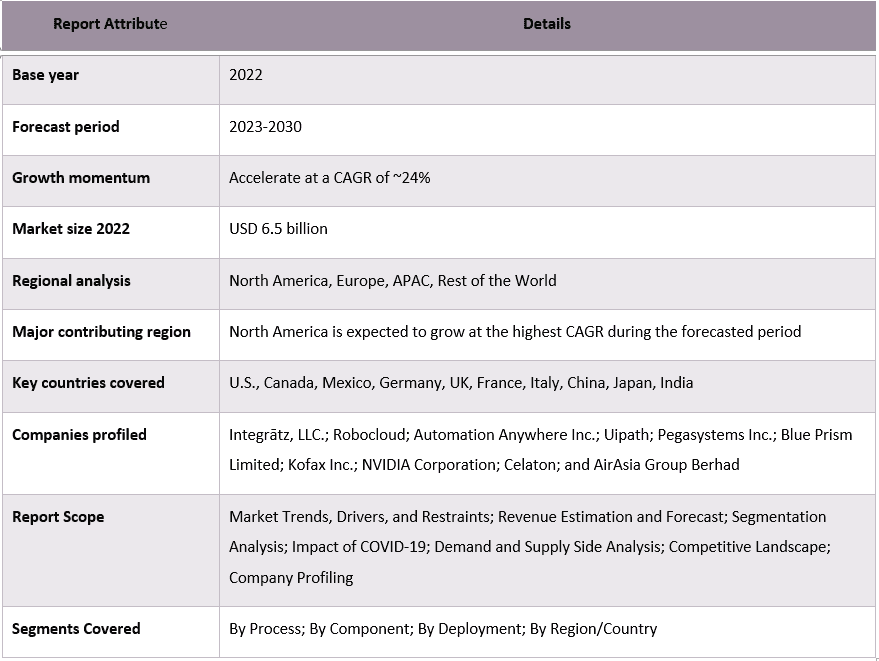
“Amongst deployment, Services segment is expected to expand at a rapid CAGR in the market over the forecast period”
Based on component, the RPA in aerospace market is bifurcated into software and services. Amongst these segments, the Services segment is expected to expand at a rapid CAGR in the market over the forecast period. This is mainly due to the rising demand for RPA services along with the rising implementation of RPA solutions for aerospace processes. The rise in demand for consulting and advisory services will further increase the demand for RPA in aerospace market. Moreover, the rapid advancements in technologies integrated with RPA to automate management processes along with better customization in order to meet user needs which in turn will increase the market for robotic process automation in the aerospace market.
“North America expected to grow with a considerable CAGR during the forecast period”
North America is expected to grow with a considerable CAGR during the forecast period. This is mainly owing to the increasing demand for automation in the aerospace industry, as organizations look to improve efficiency and reduce costs. Robotic process automation (RPA) is a technology that automates repetitive and rule-based tasks, such as data entry and processing, using software robots. In the aerospace industry, where precision and accuracy are critical, RPA can help to reduce errors and improve productivity, ultimately leading to cost savings and increased competitiveness. Moreover, the availability of skilled labor is further expected to drive the growth of the market. The aerospace industry is facing a shortage of skilled workers, particularly in areas such as engineering and manufacturing. RPA can help to fill this gap by automating routine tasks, freeing up skilled workers to focus on more complex and high-value activities.
Reasons to buy this report:
- The study includes market sizing and forecasting analysis validated by authenticated key industry experts.
- The report presents a quick review of overall industry performance at one glance.
- The report covers an in-depth analysis of prominent industry peers with a primary focus on key business financials, product portfolios, expansion strategies, and recent developments.
- Detailed examination of drivers, restraints, key trends, and opportunities prevailing in the industry.
- The study comprehensively covers the market across different segments.
- Deep dive regional level analysis of the industry.
Customization Options:
The robotic process automation in the aerosapce market can further be customized as per the requirement or any other market segment. Besides this, UMI understands that you may have your own business needs, hence feel free to connect with us to get a report that completely suits your requirements.
Table of Content
Research Methodology for the Robotic Process Automation in Aerospace Market Analysis (2023-2030)
Analyzing the historical market, estimating the current market, and forecasting the future market of robotic process automation in aerospace market were the three major steps undertaken to create and analyze the adoption of robotic process automation in aerospace market in major regions globally. Exhaustive secondary research was conducted to collect the historical market numbers and estimate the current market size. Secondly, to validate these insights, numerous findings and assumptions were taken into consideration. Moreover, exhaustive primary interviews were also conducted, with industry experts across the value chain of robotic process automation in aerospace market. Post assumption and validation of market numbers through primary interviews, we employed a top-down/bottom-up approach to forecasting the complete market size. Thereafter, market breakdown and data triangulation methods were adopted to estimate and analyze the market size of segments and sub-segments of the industry pertains to. Detailed methodology is explained below:
Analysis of Historical Market Size
Step 1: In-Depth Study of Secondary Sources:
Detail secondary study was conducted to obtain the historical market size of the robotic process automation in aerospace market through company internal sources such as annual reports & financial statements, performance presentations, press releases, etc., and external sources including journals, news & articles, government publications, competitor publications, sector reports, third-party database, and other credible publications.
Step 2: Market Segmentation:
After obtaining the historical market size of the robotic process automation in aerospace market, we conducted a detailed secondary analysis to gather historical market insights and share for different segments & sub-segments for major regions. Major segments are included in the report as type and deployment. Further country-level analyses were conducted to evaluate the overall adoption of testing models in that region.
Step 3: Factor Analysis:
After acquiring the historical market size of different segments and sub-segments, we conducted a detailed factor analysis to estimate the current market size of robotic process automation in aerospace market. Further, we conducted factor analysis using dependent and independent variables such as type and deployment of the robotic process automation in aerospace market. A thorough analysis was conducted for demand and supply-side scenarios considering top partnerships, mergers and acquisitions, business expansion, and product launches in the robotic process automation in aerospace market sector across the globe.
Current Market Size Estimate & Forecast
Current Market Sizing: Based on actionable insights from the above 3 steps, we arrived at the current market size, key players in the robotic process automation in aerospace market, and market shares of the segments. All the required percentage shares split, and market breakdowns were determined using the above-mentioned secondary approach and were verified through primary interviews.
Estimation & Forecasting: For market estimation and forecast, weights were assigned to different factors including drivers & trends, restraints, and opportunities available for the stakeholders. After analyzing these factors, relevant forecasting techniques i.e., the top-down/bottom-up approach were applied to arrive at the market forecast for 2030 for different segments and sub-segments across the major markets globally. The research methodology adopted to estimate the market size encompasses:
- The industry’s market size, in terms of revenue (USD) and the adoption rate of the robotic process automation in aerospace market across the major markets domestically
- All percentage shares, splits, and breakdowns of market segments and sub-segments
- Key players in the robotic process automation in aerospace market in terms of products offered. Also, the growth strategies adopted by these players to compete in the fast-growing market
Market Size and Share Validation
Primary Research: In-depth interviews were conducted with the Key Opinion Leaders (KOLs) including Top Level Executives (CXO/VPs, Sales Head, Marketing Head, Operational Head, Regional Head, Country Head, etc.) across major regions. Primary research findings were then summarized, and statistical analysis was performed to prove the stated hypothesis. Inputs from primary research were consolidated with secondary findings, hence turning information into actionable insights.
Split of Primary Participants in Different Regions
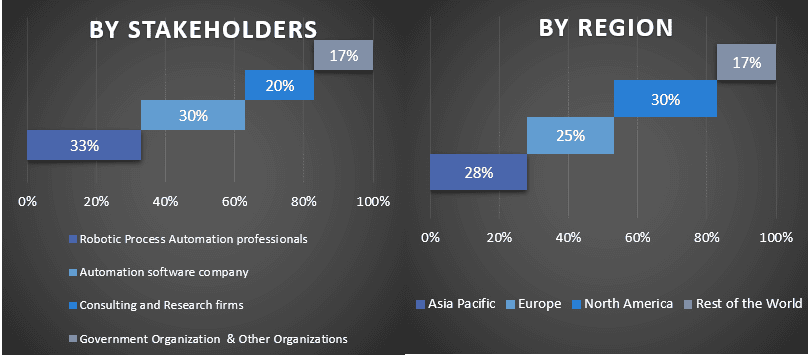
Market Engineering
The data triangulation technique was employed to complete the overall market estimation and to arrive at precise statistical numbers for each segment and sub-segment of the robotic process automation in aerospace market. The data was split into several segments & sub-segments post studying various parameters and trends in the areas of the product, technology, and end-users in the robotic process automation in aerospace market.
The main objective of the Robotic process automation in Aerospace Market Study
The current & future market trends of the robotic process automation in aerospace market were pinpointed in the study. Investors can gain strategic insights to base their discretion for investments on the qualitative and quantitative analysis performed in the study. Current and future market trends determined the overall attractiveness of the market at a regional level, providing a platform for the industrial participant to exploit the untapped market to benefit from a first-mover advantage. Other quantitative goals of the studies include:
- Analyze the current and forecast market size of the robotic process automation in aerospace market in terms of value (USD). Also, analyze the current and forecast market size of different segments and sub-segments
- Segments in the study include areas of the process, component and deployment
- Define and analysis of the regulatory framework for the robotic process automation in aerospace industry
- Analyze the value chain involved with the presence of various intermediaries, along with analyzing customer and competitor behaviors of the industry
- Analyze the current and forecast market size of the robotic process automation in aerospace market for the major region
- Major countries of regions studied in the report include Asia Pacific, Europe, North America, and the Rest of the World
- Company profiles of the robotic process automation in aerospace market and the growth strategies adopted by the market players to sustain in the fast-growing market
- Deep dive regional level analysis of the industry
Related Reports
Customers who bought this item also bought

